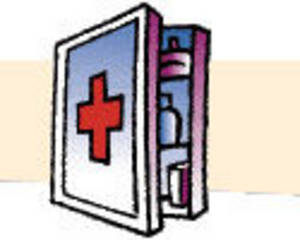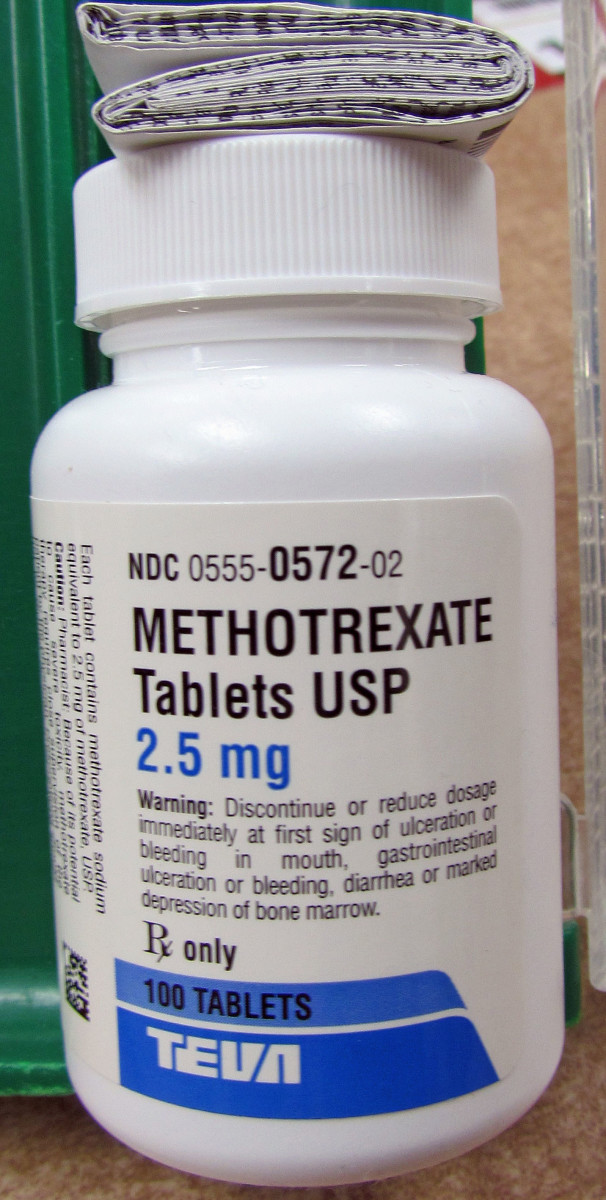Prescription Drugs And You - Become Your Own Health Advocate.

A Great Way To Control Your Prescription Pill Intake.
According to Carmen Catizone, executive director of the National Association of Boards of Pharmacy; in 2003, there were as many as 7,000 deaths annually in the United States due to incorrect prescriptions.
In addition, it was said that as many as 5 percent of the 3 billion prescriptions filled each year are incorrect!
Sobering statistics indeed.
Fortunately for consumers, great strides have been made to ensure their overall physical and mental safety.
This raises two important questions: Just what particular measures have been taken, and how can we as individuals become our own health advocates?
* What The FDA (Food and Drug Administration) Has Done.
In addition to a revised package list which included 1.) information about the drugs intended use, 2.) how it works in the body, 3.) it's side effects,4.) how the patient should take the drug, 5.) cautions for it's intended use, 6.) detailed physical characteristics of the medication including color, shape, markings, and storage information, 7.) and allergy warnings; in March of 2004, the FDA proposed a rule that would require certain human drugs to possess a linear bar code that would help reduce medication errors experienced in health-care settings.
Made effective on April 26, 2004, this system would ensure that the right drug, in the right dosage, in the right route of administration - which is the path by which the drug is brought into contact with the body - i.e. topical or through the digestive tract, - is being given to the right patient at the right time and in the right amount.
The FDA didn't stop there, imprint codes were also implemented as legal requirements in positively identifying all solid oral dosage forms such as pills, tablets and capsules.
Consisting of an embossed, debossed, engraved, or printed alphanumeric text, this code may also include trademark letters, symbols, marks, or internal and external cut outs unique to each prescribed medication.
* What Physicians Are Doing.
Physicians are taking steps as well to ensure the safety of their patients.
From practicing much more legible handwriting (when writing prescriptions), establishing open communication with their patients, getting up-to-date medical history from their patients, and double and triple checking their diagnoses, nothing is considered too grand or too minuscule when it comes to their patients well-being.


* What The Pharmacist Is Doing.
In addition to the great strides made by the FDA, pharmacist are doing their share as well.
I had the privilege of interviewing a pharmacy clerk that has been serving at one of my local pharmacies for three years.
When asked about the strides she and other dedicated pharmacist are making to ensure the safety of their customers, here's what she said:
"As a pharmacy clerk, it is in my job description; among other things; to read and fill the customers prescriptions. Ensuring that the right prescription, in the right amount, goes to the right patient is crucial. It can very well mean life or death."
"In order to get the orders filled exactly right, we regularly employ the use of two to three people to fill every prescription."
"First the pharmacy clerk fills the prescription, then the pharmacy technician will ensure that all filling directions were followed and that the physicians dosage instructions are printed on the label properly, and finally the head pharmacist will do a triple check ensuring that everything is copasetic."
"In addition, before every customer leaves, the pharmacist will take time to ensure they have their correct medication and that any of their questions or concerns are addressed."
"In the event a generic medication is filled in place of one a customer is accustomed to, the pharmacist will note such a change to the customer turning their attention to the labeling on their medicine bottle."
"No customer leaves without a medication guide - which is a paper handout/pamphlet that is required to be distributed to patients by the pharmacist."
"These guides provide the customers with FDA approved information that includes a detailed medication description, the common brand names (if it is a generic version), it's uses, how to use, side effects, drug interactions, overdose instructions, and special notes."
"We are also required to brush up on our knowledge of prescription drug trivia, whether it be new or old."
* What You As A Consumer Can Do.
Become your own health advocate. Use the resources readily available to you.
1.) Before you leave your physician's office, read the prescription aloud and ask the physician to confirm it.
2.) Ensure the physician has your current medical records ( especially your allergies and previous drug interactions [be honest at all times]) and inquire as to why this particular medicine was administered.
3.) Verify the drug names and dosage with your physician and write them down.
4.) Choose a reputable pharmacy.
5.) Choose a pharmacy that has more than a single pharmacist working hand in hand with clerks and technician assistants.
6.) Check with your state pharmacy board to see if a pharmacist has ever been disciplined.
7.) Check the labels to see if the dosage and drug names match what you have written down.
8.) Once you get home, use your medication guide to make a positive prescription identification.
9.) Read your medication guide thoroughly to understand all the risk and benefits of the medication, in addition to the side effects to look out for.
10.) Stay educated and updated concerning prescription recalls and all things prescription drug related (www.fda.gov is a great source).
In close working with FDA regulations and the great strides made by physicians and pharmacist alike, you as the consumer can become your very own health advocate.
copywrite © 2009.
Check this hub out!
- Make Healthcare Professional Appreciation Day, Every...
* The Mission Statement.











